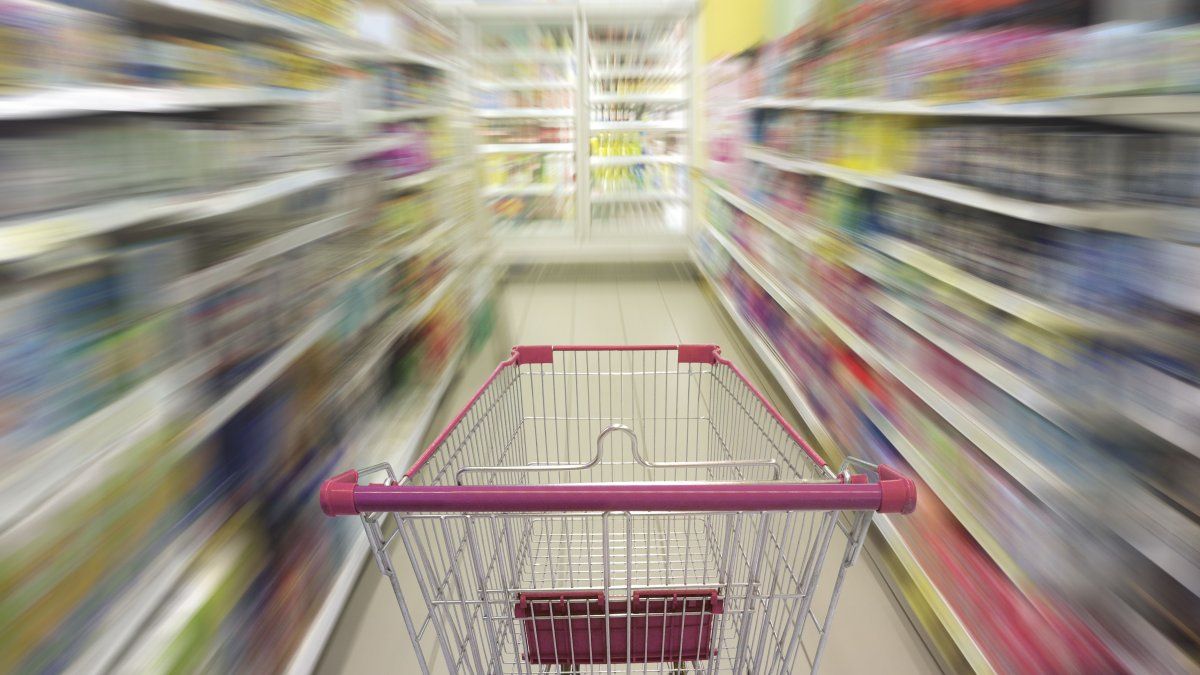In June, a family from Buenos Aires needed $890,590 to cover the cost of the Total Basic Basket (CBT), which is used as a threshold to measure poverty. Likewise, $496,898 was required to reach the cost of the Basic Food Basket (CBA), which measures the poverty line.
According to a report published this Wednesday by the General Directorate of Statistics and Census of the Autonomous City of Buenos Aires (CABA), the CBT increased 3.5% in the sixth month of the yearbelow the general inflation, which was 4.8% according to the same organization’s figures. For its part, the CBA climbed 2.2%.
On the other hand, the total consumption basket (CT), which includes the cost of a set of goods and services compatible with the standard of living of the City’s population, registered a monthly variation of 3.8% to stand at $1,112,738.
The family used as a reference for these values includes a couple composed of a man and a woman, both 35 years old, economically active and homeownersplus two sons aged nine and six, respectively.
CABA considers families with an income between the CBT and the CT as “not poor” but “vulnerable.”
In parallel, households whose total monthly income is at least the CT and does not reach 1.25 times the CT fall within a “fragile middle sector”.
Households whose income is between 1.25 and 4 times the CT are considered “middle class,” while those who receive higher amounts are part of the “well-off sector.”
Inflation in CABA
Inflation in the City of Buenos Aires slowed down its sustained slowdown and stood at 4.8% in June, 0.4 percentage points (pp) above the previous month (+4.4%).
The price category Regulated (+8.5%) had a strong impact on the risedue to the impact of the updating public service rates and the cost of subway travel.
The most significant increase was in the division of Housing, water, electricity, gas and others fuels (+7.3%)from the update of electricity ratesas well as the progress in the values of the rentals and of the common expenses.
Meanwhile, the sector of Restaurants and hotels (+6.4%) also suffered an increase above the average inflationas a result of increases in the prices of prepared foods in restaurants, bars and food stores.
Source: Ambito




